Increased Focus on Genetic Research
The sturge weber-syndrome market is likely to benefit from an increased focus on genetic research and its implications for understanding the condition. Recent advancements in genetic testing and counseling are paving the way for better diagnosis and personalized treatment plans. As researchers delve deeper into the genetic underpinnings of sturge weber syndrome, there is potential for the development of targeted therapies that address the specific needs of patients. This focus on genetics may also lead to earlier detection and intervention, which could significantly improve patient outcomes. Consequently, the sturge weber-syndrome market may experience growth as healthcare providers and researchers collaborate to enhance understanding and treatment of this complex condition.
Advancements in Treatment Modalities
Innovations in treatment modalities are significantly impacting the sturge weber-syndrome market. Recent advancements in surgical techniques, pharmacological therapies, and laser treatments have shown promise in managing the symptoms associated with this condition. For instance, the introduction of targeted therapies has the potential to improve patient outcomes, which may lead to increased adoption of these treatments in the GCC region. Furthermore, the market is witnessing a rise in clinical trials aimed at evaluating new therapeutic options, which could enhance the overall treatment landscape. As healthcare providers gain access to more effective treatment modalities, the sturge weber-syndrome market is likely to expand, driven by the demand for improved patient care and quality of life.
Rising Incidence of Sturge Weber Syndrome
The sturge weber-syndrome market is experiencing growth due to an observed increase in the incidence of this rare neurological condition. Recent studies indicate that the prevalence of sturge weber syndrome in the GCC region may be higher than previously estimated, with some reports suggesting a rate of approximately 1 in 20,000 live births. This rising incidence necessitates enhanced healthcare services and treatment options, thereby driving demand within the sturge weber-syndrome market. As healthcare providers become more aware of the condition, the need for specialized care and interventions is likely to expand, further contributing to market growth. The increasing number of diagnosed cases may also lead to greater investment in research and development, ultimately benefiting patients and healthcare systems alike.
Rising Demand for Patient Support Services
The sturge weber-syndrome market is witnessing a rising demand for patient support services that play a crucial role in the overall management of the condition. As awareness of sturge weber syndrome increases, patients and their families are seeking comprehensive support that includes educational resources, counseling, and community engagement. Organizations dedicated to supporting individuals with rare diseases are emerging, providing valuable information and resources to help navigate the complexities of living with sturge weber syndrome. This growing demand for support services is likely to drive market expansion, as healthcare providers recognize the importance of holistic care that addresses not only medical needs but also emotional and social aspects of living with the condition.
Growing Investment in Healthcare Infrastructure
The sturge weber-syndrome market is benefiting from the growing investment in healthcare infrastructure across the GCC region. Governments and private entities are increasingly allocating resources to enhance healthcare facilities, which is crucial for the diagnosis and treatment of rare conditions like sturge weber syndrome. This investment is expected to lead to the establishment of specialized centers that focus on neurological disorders, thereby improving access to care for affected individuals. Additionally, the expansion of telemedicine services may facilitate remote consultations and follow-ups, further supporting patients in managing their condition. As healthcare infrastructure continues to develop, the sturge weber-syndrome market is poised for growth, driven by improved access to specialized care.


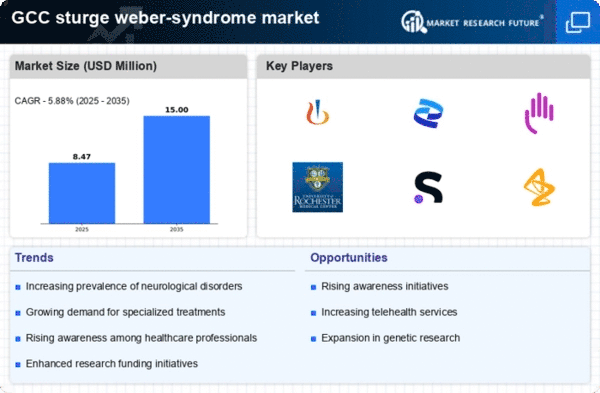
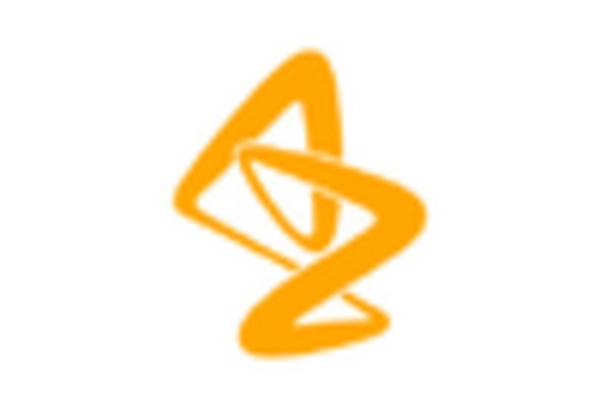
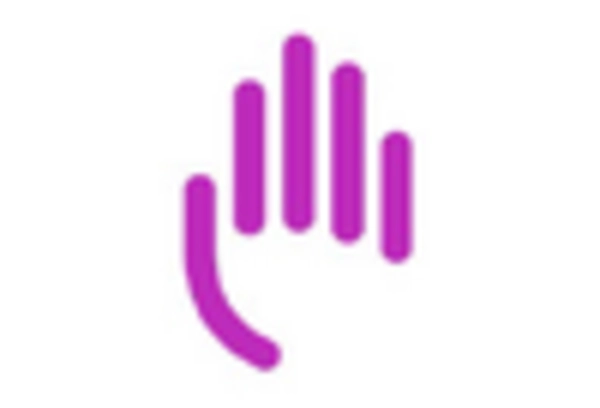
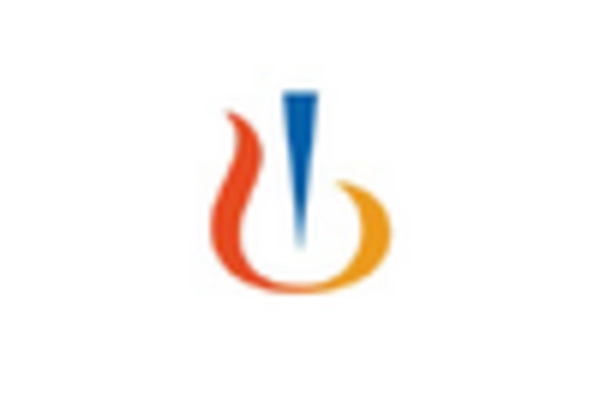
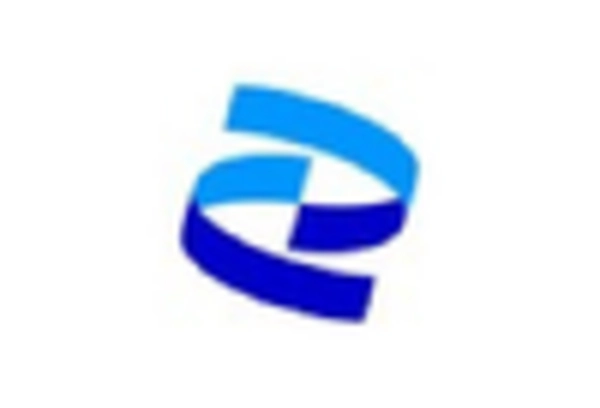
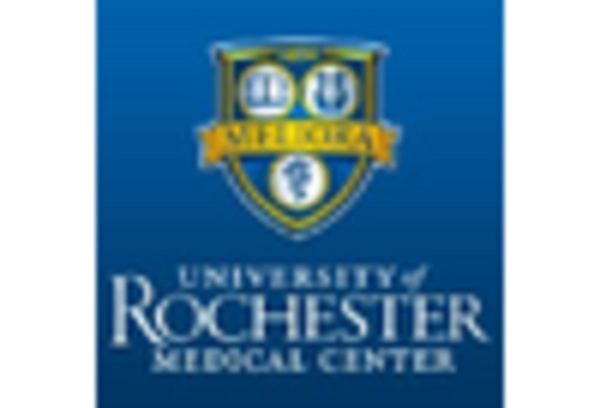
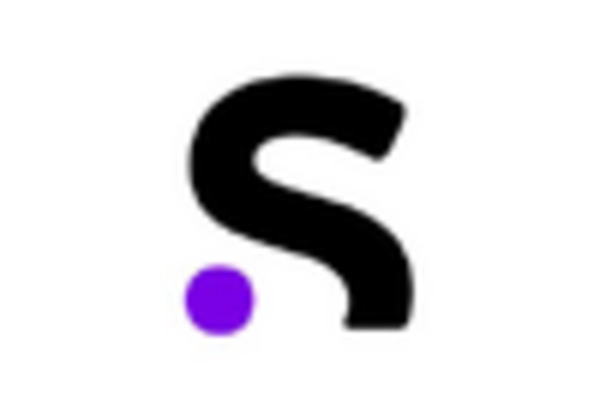








Leave a Comment